When someone in Australia (a citizen, permanent resident, or eligible New Zealand citizen) wants to bring their family from overseas (in this case Nigeria), there are a few visa pathways. Which one you use depends on:
- Who exactly you’re bringing (spouse/partner, children, parents, other relatives)
- Whether the stay is temporary or permanent
- Whether you’re already settled in Australia, or you hold a visa yourself
Some of the main visa types involved include:
1. Partner Visas (for spouse or de facto partner)
2. Child Visas (bringing dependent children)
3. Parent Visas (parents of Australian citizens or permanent residents)
4. Visitor Visa – Sponsored Family Stream (Subclass 600) (for short visits by family)
5. Sponsored Parent (Temporary) Visa (Subclass 870) (for parents to stay temporarily)
📌 Read More
Key Requirements & Eligibility
Here are the major requirements you must satisfy when applying to bring a family member from Nigeria to Australia:
Sponsorship
- The sponsor must be an Australian citizen or Australian permanent resident, or in some cases an eligible New Zealand citizen.
- The sponsor must often be at least 18 years old.
- The sponsor must be “settled” in Australia, meaning living lawfully in Australia for a reasonable period. For some visas, “settled and usually resident” includes a requirement of having lived there for a number of years (often 2 or more) depending on visa class.
Relationship & Dependence
- You need to prove the family relationship clearly (marriage certificate, birth certificate, adoption papers etc.). If spouse, the partnership / marriage must usually be genuine and ongoing.
- For children: dependency is required. If they are minors, proof of guardianship, parental consent etc may be needed.
Health, Character & Background Checks
- Health assessments: visa applicants and sometimes family members will need medical exams.
- Character checks: Police/background clearances (especially if you have lived in multiple countries) are required.
Financial Requirements
- The sponsor must show they can financially support the family member(s). This could mean demonstrating income or assets, or showing ability to help with accommodation, living expenses initially.
- In some visas (for example the Parent visa or Sponsored Parent Temporary visa), there is a minimum income threshold the sponsor must meet.
Other Requirements
- The applicant (family member coming) must not have debts to the Australian government or must have arranged repayment.
- Meet visa‐specific requirements: some visas are temporary; some are permanent. Some visas allow you to work, some don’t; some allow multiple entries, some don’t.
The Process: Steps to Follow
Here is a typical sequence of what to do:
1. Decide on the right visa subclass:Based on who you’re bringing and for how long. For example, spouse vs parent vs child vs visitor.
2. Check eligibility for both sponsor and applicant: Confirm your status (citizenship/PR), residency/settled requirement, income, relationship, etc.
3. Gather required documents:
- Common ones include:
- Valid passport for the family member
- Proof of relationship (marriage cert, birth cert, family registration etc.)
- Sponsor proof: citizenship or permanent residency, proof of residence, proof of income, etc.
- Police clearance certificates and health check reports
- Use of official translations if documents are not in English
4. Submit Sponsorship (if required): Some visas require that the sponsor’s sponsorship be approved before the visa application is lodged. In others, both are submitted together.
📰 Similar Posts
5. Apply for Visa: Lodge your visa application through the Department of Home Affairs (Australia). Usually via ImmiAccount. Pay the necessary visa fees.
6. Wait for Processing: Processing times vary depending on visa subclass, how complete your application is, and whether additional checks (health, character) are needed.
7. If visa is granted, travel / arrange arrival: Make sure the visa conditions are understood (for example: whether the family member can work, how long they can stay, whether they need to enter by a certain date).
Challenges & Things to Watch Out For
- Long processing times, especially for some parent visas. In many cases, waiting lists for permanent parent visas are very long.
- Meeting the “genuine relationship” requirement: for spouse/partner visas, being able to show that your relationship is genuine and ongoing. Photos, communications, joint finances etc help.
- Proof of financial capacity can be tricky: income must be demonstrable, stable, sufficient.Health and character clearances: delays or negative findings there can delay or deny visa.
- Sponsor eligibility: if your sponsor doesn’t meet “settled/residence” requirements, or has breached past sponsorship conditions, you might be ineligible.
- Cost and fees: visa fee + health checks + perhaps migration agent fees or document translation costs can add up.
Helpful Visa Types with Key Details
Here are a few concrete visa options with relevance for bringing family from Nigeria:
- Sponsored Family Visitor Visa (Subclass 600, Family Sponsored Stream): Good if family member(s) want to visit temporarily. Requires a sponsor in Australia.
- Sponsored Parent (Temporary) Visa (Subclass 870): Allows parents of Australian citizens or residents to stay temporarily (3 or 5 years). Sponsor requirements apply.
- Partner Visa: For spouse/partner of Australian citizen or permanent resident. Usually a pathway to permanent residence. Requires proof of relationship.
Costs & Time-frames
- Visa fees vary widely depending on subclass. For temporary parent visa (Subclass 870), the fee for a 3‑year stay is about AUD 5,090, and for 5 years about AUD 10,180.
- The sponsor must meet income thresholds (for Subclass 870, for example, taxable income of around AUD 83,454.80) to be eligible.
- Visitor visas under subclass 600 (Family Sponsored stream) can take from a few weeks to several months depending on completeness of application and whether more info is needed.
Tips for Success: How to Improve Your Chances
- Start early. Don’t wait until the last minute to gather all required documents.
- Be thorough. Make sure everything you submit is correct, clearly shows relationships, is legalised if needed, with certified translations.
- Strong sponsor. The more credible, stable, and eligible your sponsor is, the smoother things go. Financial records, proof of residence, etc all matter.
- Health & character compliance. Do your medical checkups and obtain police clearances early.
- Show strong ties to Nigeria (if applying for temporary visas) so the visa officer is convinced you’ll return. Evidence like job, property, business, family responsibilities helps.
- Use official sources. Always refer to the Australian Department of Home Affairs, or accredited migration agents, to avoid misinformation.
Conclusion & What You Should Do Now
Bringing family from Nigeria to Australia is absolutely possible, whether it’s your spouse, children, or parents but it requires careful planning, fulfilling eligibility conditions both for the family member and sponsor, and submitting a strong, complete visa application.
If you’re considering taking this step, here’s what you should do right now:
1. Identify exactly who you want to bring (spouse, child, parent).
2. Research which visa subclass applies best to you.
3. Check that you (as sponsor) meet all sponsor eligibility requirements, including residency, income, and character.
4. Gather all required documentation — relationship proofs, identity documents, medicals, police clearances, financial statements etc.
5. If possible, consult with a migration professional to guide you and possibly help avoid costly mistakes. Contact us if you need any help.
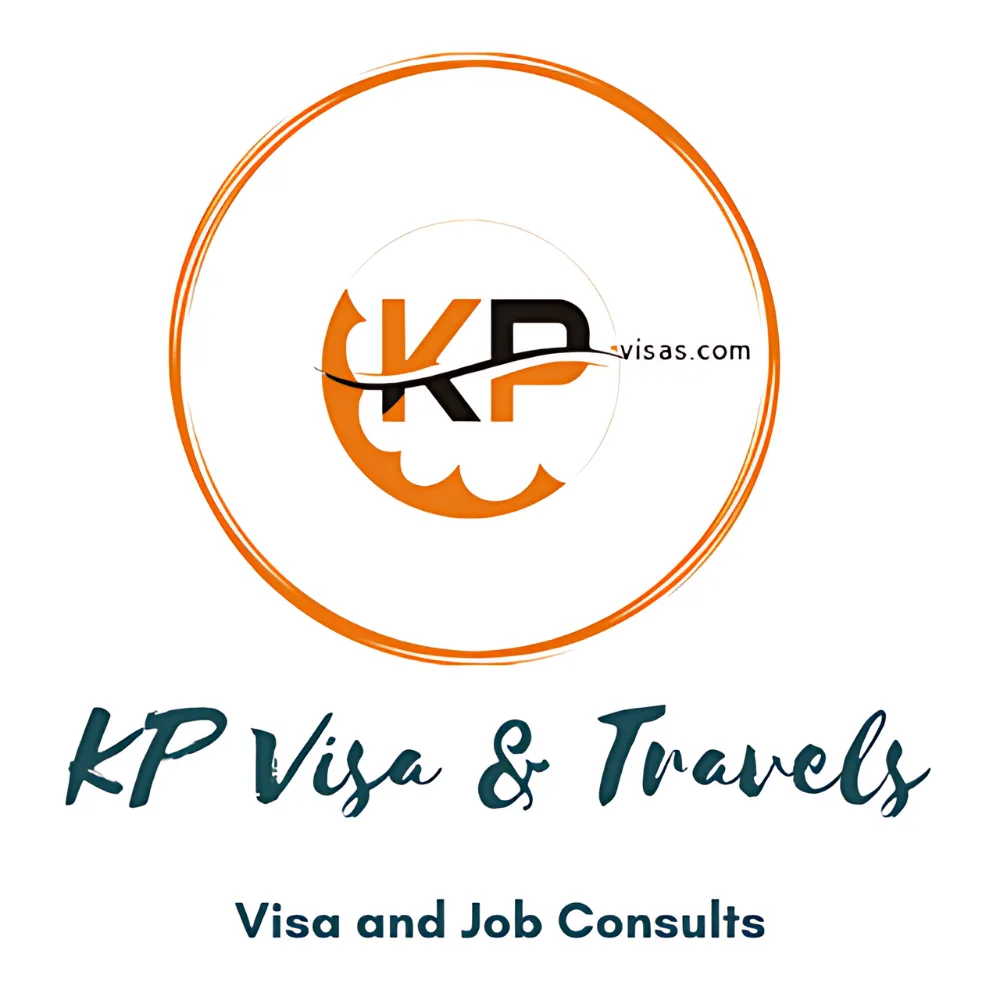


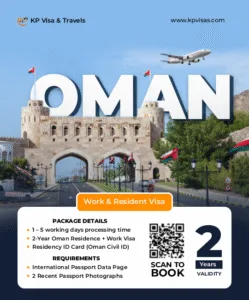
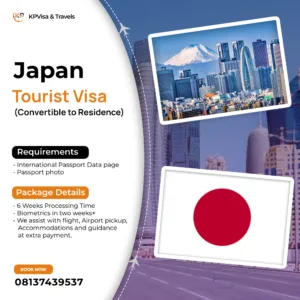
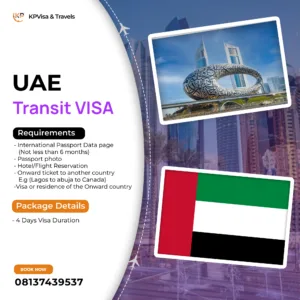
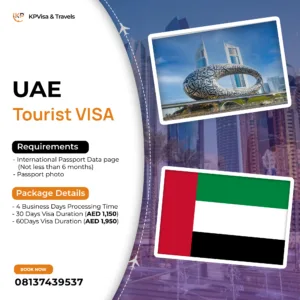
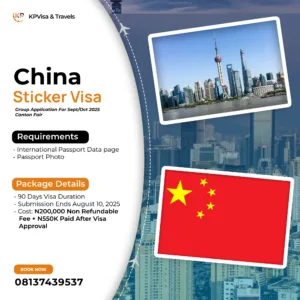
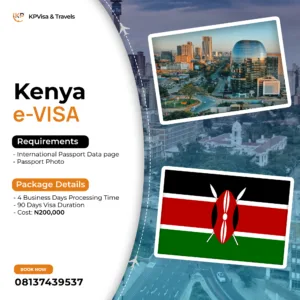
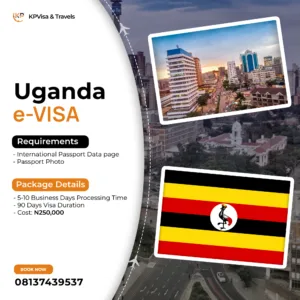
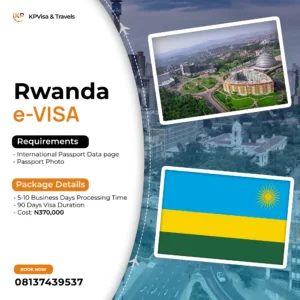
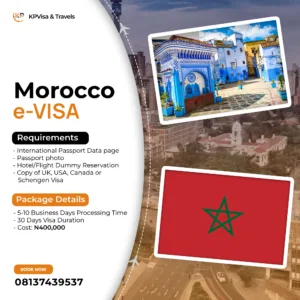
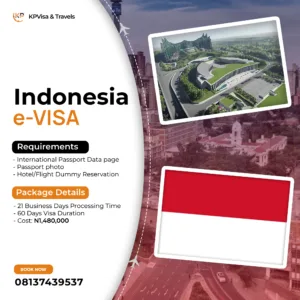
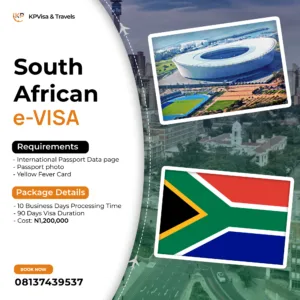
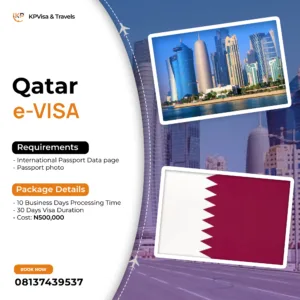


















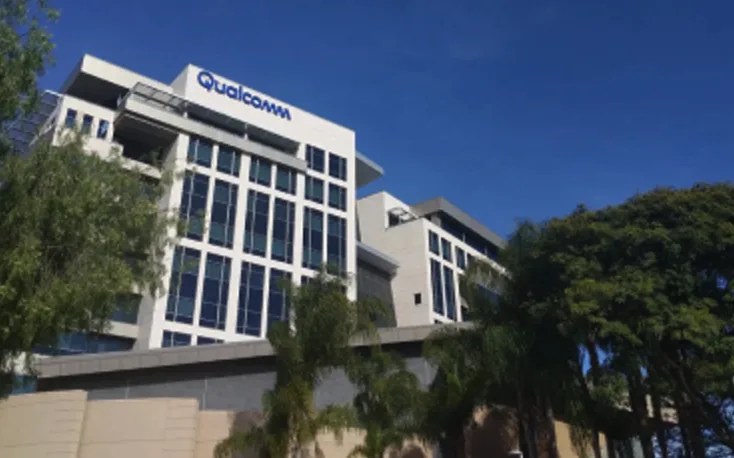



No responses yet